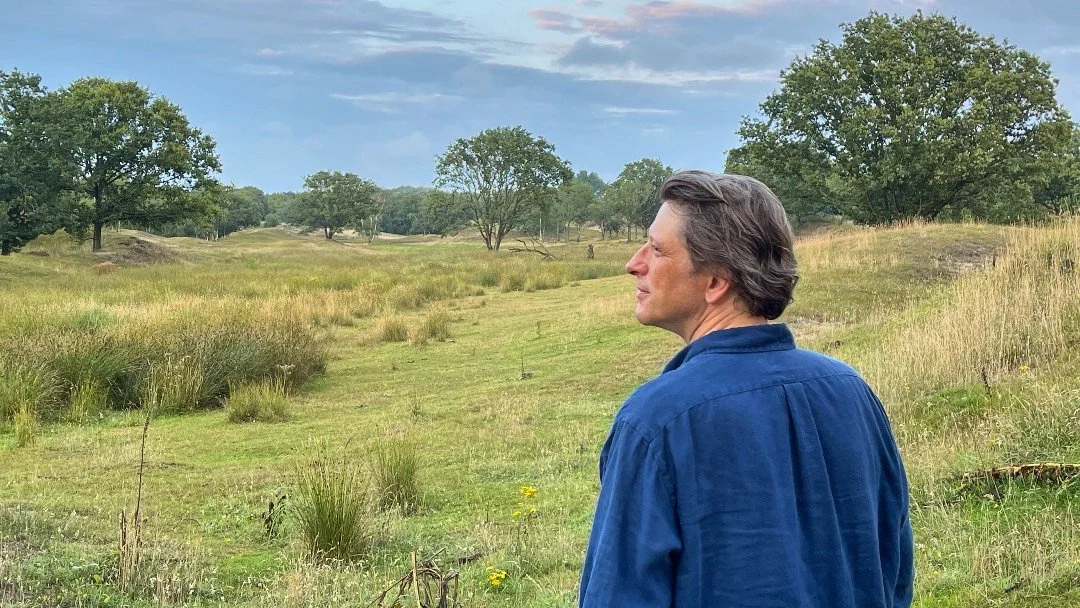We often advocate that we should be incorporating wood, views of trees, wood grain, wood textures and wood veneers into our built environment as part of a Biophilic Design solution and we might also understand why from a psychological point of view and have discussed that elsewhere, but the question is HOW should we be selecting woods to incorporate, what woods should we use for instance for flooring, are they different to those used for outside timbers, are they sustainable? This is a definitive podcast on all things wood and trees. We were lucky to speak with Criswell Davis, TED speaker and internationally recognised expert on American Hardwood. He is also co-founder of the Timber and Forestry Foundation, President of Mighty Oaks Consulting and lectures all over the world on Biophilic Design and how we should be incorporating wood into our built environment. In this podcast, he shares with us, his very personal journey, and how a healthcare issue led him first-hand to experience the very big difference Biophilia made to his recovery.
His knowledge of trees, wood, veneers, finishes, biophilic design and sustainable aspect of forestry and the lumber business, was wonderful, and Criswell urges designers to add “the beauty of wood to your artist palette”, and especially please avoid all woods which come from around the world and cannot be certified as legally harvested. There is so much more in this podcast, if you use woods in your practice, this is definitely one to listen to.




















